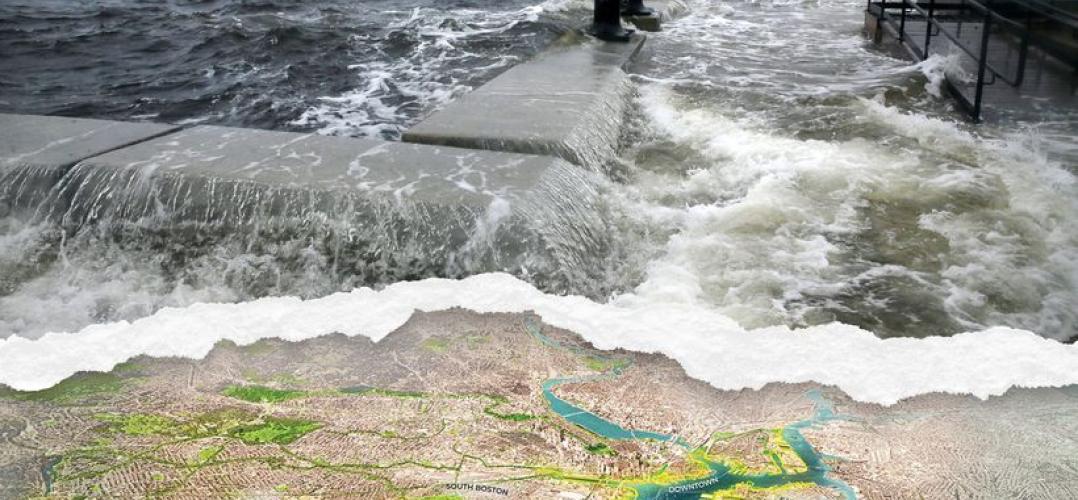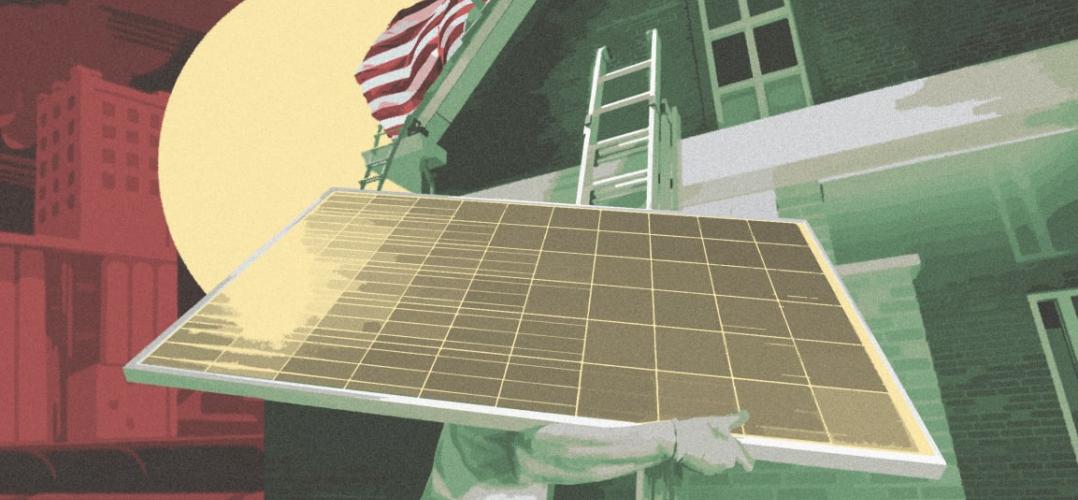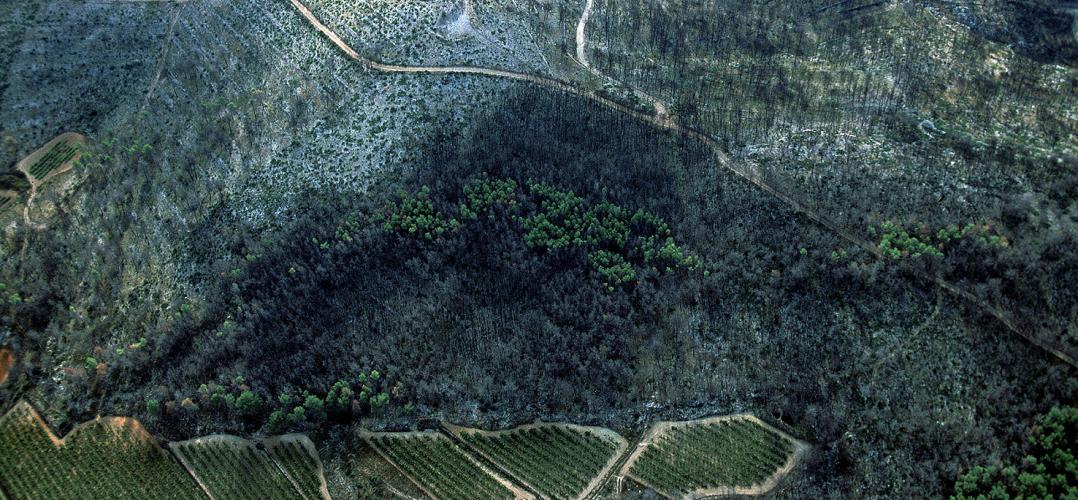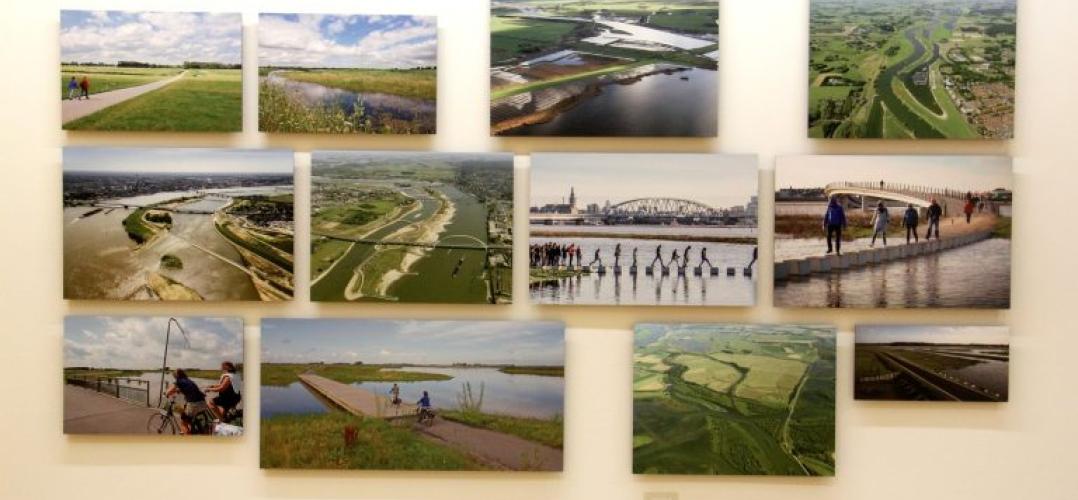Join our mailing list and receive invitations to our events and updates on our research in your inbox.
News + Events

Tired of waiting for national push, a buzzing hive of climate resilience innovators is at work in Boston
“We’ve reached the limit of what design firms and cities can do,” said Billy Fleming, director of the Ian L. McHarg Center at PennDesign, who cautioned against wishful thinking in a provocative essay in Places Journal in the spring. Glossy renderings of one-off projects, he said, simply don’t begin to match the scale of the problem — a national emergency requiring a national response. That means a new arrangement of funding streams and institutional support, a rebooted Army Corps of Engineers, and a sweeping organizational framework like the Green New Deal. “Adapting to climate change and decarbonizing the economy — these are huge structural things.”

The Green New Deal Could Change the Way America Builds. Here's How
The way the Green New Deal might be administered is still an open question. After all, it’s a resolution, not concrete policy. Could some of those New Deal-era agencies be reborn as tools for leading the projects of the Green New Deal? It’s an idea that Billy Fleming, director of the Ian L. McHarg Center at the University of Pennsylvania’s Stuart Weitzman School of Design, explores in a recent essay in Places. The Green New Deal is “the biggest design idea in a century,” he wrote at the time, concluding, “whatever form the Green New Deal eventually takes, it will be realized and understood through buildings, landscapes, and other public works.”

McHarg Center exhibition highlights global ecological urbanism
The exhibition comes as the recently-launched McHarg Center takes shape and begins to tap into the growing national and international conversation regarding the proposed Green New Deal.
